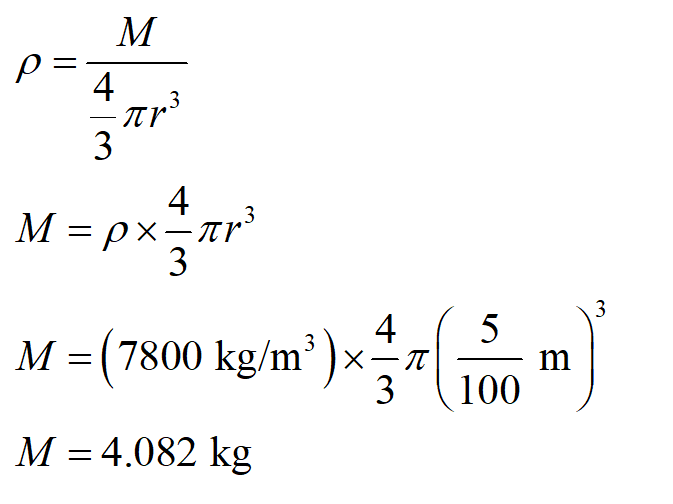You are asked to ind the density of a liquid. you take an iron sphere of diameter 10cm (density of iron 7800kg/m^3). you measure the weight of the sphere using a spring balance. when the sphere is completely inside the liquid the spring balance reads 30N. Calculate the density of the liquid. Will an aluminium block (density of aluminium 2700 kg/m^3) of mass 0.5kg sink or float in the liquid?
Fluid Pressure
The term fluid pressure is coined as, the measurement of the force per unit area of a given surface of a closed container. It is a branch of physics that helps to study the properties of fluid under various conditions of force.
Gauge Pressure
Pressure is the physical force acting per unit area on a body; the applied force is perpendicular to the surface of the object per unit area. The air around us at sea level exerts a pressure (atmospheric pressure) of about 14.7 psi but this doesn’t seem to bother anyone as the bodily fluids are constantly pushing outwards with the same force but if one swims down into the ocean a few feet below the surface one can notice the difference, there is increased pressure on the eardrum, this is due to an increase in hydrostatic pressure.
You are asked to ind the density of a liquid. you take an iron sphere of diameter 10cm (density of iron 7800kg/m^3). you measure the weight of the sphere using a spring balance. when the sphere is completely inside the liquid the spring balance reads 30N. Calculate the density of the liquid. Will an aluminium block (density of aluminium 2700 kg/m^3) of mass 0.5kg sink or float in the liquid?
The diameter of the iron sphere (d) = 10 cm.
So the radius of the iron sphere (r) = d/2 = 5 cm.
The density of the iron (ρ) = 7800 kg/m3.
The mass (M) of the sphere can be calculated using the density formula,

Here, V denotes the volume of the iron sphere.

Step by step
Solved in 2 steps with 4 images









